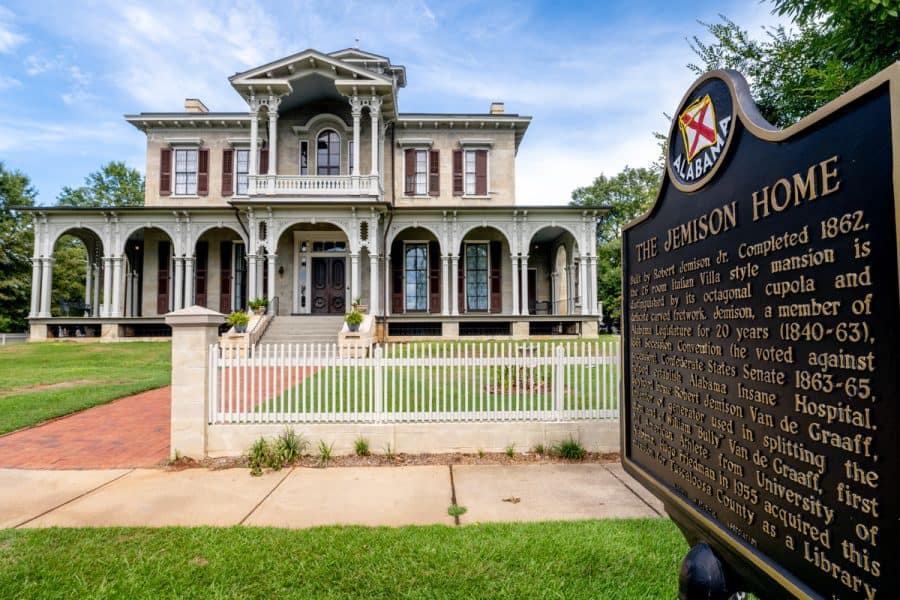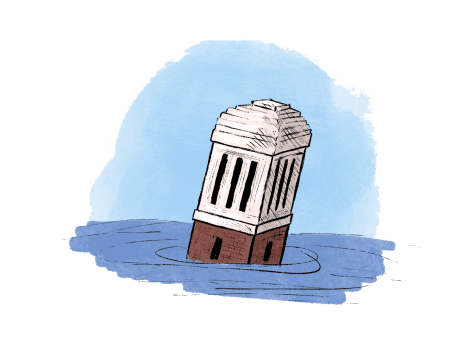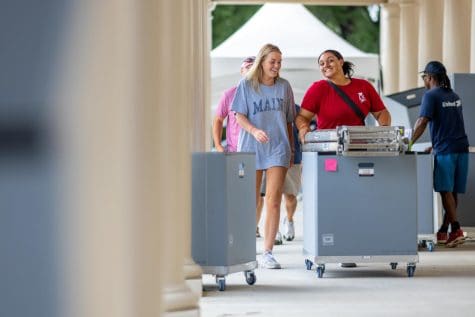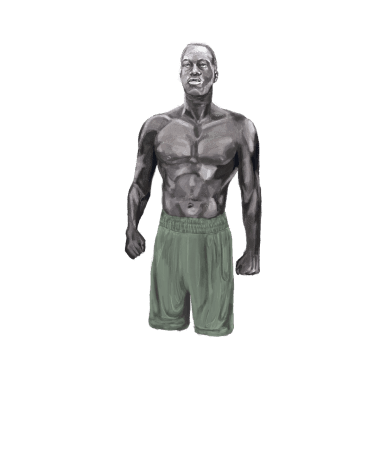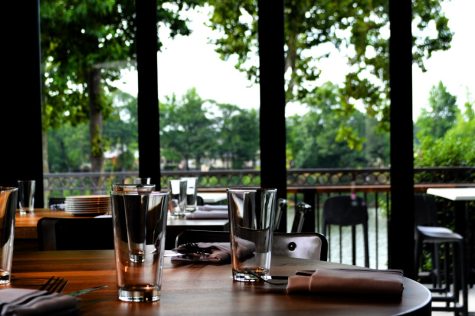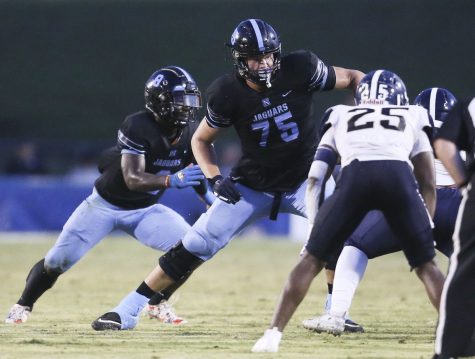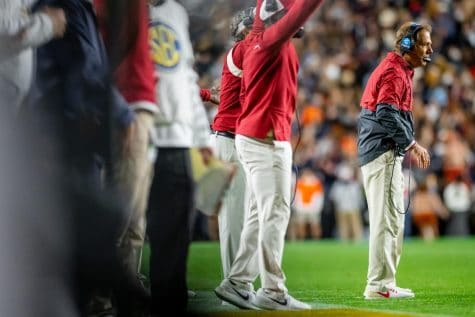Students Shouldn’t Overlook Local History
August 17, 2022
While residing in Tuscaloosa, we find ourselves easily fixated on the luxuries accessible to us here. Whether that be new student housing apartments popping up within months to accommodate growing student populations or the abundance of downtown scenery and restaurants, the “college portions” of Tuscaloosa steadily grow.
But what’s at the root? Tuscaloosa is more than we see on the surface of the Quad’s thick grass and within the stands of Bryant-Denny Stadium.
The University of Alabama’s Department of History offers courses focusing on Southern history and racial and gender exclusion. Joshua Rothman, professor and chair of the department of history, published his book “The Ledger and the Chain” which follows the business history of domestic slave traders and exposing their cruel daily lives.
These courses and professors provide valuable resources for students to learn about Tuscaloosa, but there is much more beyond the classroom. Tuscaloosa was the state capitol from 1826 to 1846, but its ruins remain in Capitol Park.
Throughout Tuscaloosa are historical buildings that have withstood some of history’s most prominent and violent periods. Historic Tuscaloosa is a nonprofit organization that works to preserve several buildings around the city and the history they represent.
Among their properties, Historic Tuscaloosa preserves the Jemison-Van de Graaff Mansion, the residence of Robert Jemison Jr., who was a plantation owner and a state senator from 1859-1863. They provide free public tours of the mansion and other properties Tuesday through Sunday.
Senator Jemison’s lineage continued to make headlines. His son-in-law, Colonel Hargrove, a decorated confederate general, would later go on to be the dean of the University of Alabama School of Law.
Later, his grandsons, Robert Van de Graaff, awarded physicist and inventor of the Van de Graaff Generator, and William Van de Graaff, named the first All-American football player for the University of Alabama’s football team, would become responsible for the partial namesake of this building.
Historic Tuscaloosa works to upkeep and preserve this building along with four others that remain crucial to the foundation of the city.
Alfred Battle, of the Battle-Friedman homestead, was a wealthy merchant and crucial financier of many railroads we drive past today. One hundred years later, after financial loss from the Civil War, the house was then bought by the Friedmans and it became their new family estate. In 1963, the house was later sold to the city of Tuscaloosa to be upkept by the historical association.
While these buildings hold centuries of complex history, the styles incorporated into the homes represent the popularized Southern antebellum architecture that began appearing 30 years before the Civil War began. The Battle-Friedman home is the site of the last antebellum style garden in Alabama.
The University of Alabama offers tours for incoming students to familiarize themselves with campus, and there are also self guided tours available to learn about history that often goes unspoken by the Capstone.
In 2015, Hillary Green, a history professor at the University, began researching campus history with a focus on those enslaved in Tuscaloosa between 1829 and 1865. Her work seeks to provide accessible, hands-on forms of education about the enslaved individuals who lived, worked and even died during this period.
The Hallowed Grounds Tours are available in pamphlet form, estimated at a leisurely pace for 90 minutes, or as a mobile device tour through Adobe Spark, an abbreviated 45 minute tour utilized for classes.
That history expands to the city. The Tuscaloosa Civil Rights History and Reconciliation Foundation also hosts a Civil Rights History Trail that covers 18 locations across the city and details the local fight for racial equity.
These trails give a personal perspective to Tuscaloosa’s racial past and provide powerful narratives of local resistance. While many assume they are aware of the South’s brutality, these initiatives function as a reminder of the local, personal stories that follow from slavery and oppression.
Historic Tuscaloosa owns the Murphy-Collins House, which now holds the Murphy African-American Museum. It preserves the lives of Will Murphy, Tuscaloosa’s first black mortician and funeral director, and his wife, Laura Murphy, who was the principal of 20th Street Elementary School. The museum also places an emphasis on the history and culture of Tuscaloosa’s African-American population.
Then there’s the more hidden histories associated with Tuscaloosa. The Prewitt Slave Cemetery is the largest of its kind in the state, but it was overtaken by nature through time. Patricia and Eloise Prewitt now work to ensure that the history remains.
“That cemetery needs to be publicized,” Patricia Prewitt said. “School kids need to drive over there and say look, that’s a slave cemetery.” Those sites hold realities beyond words, statistics or any history lesson.
The University of Alabama offers an educational foundation to better understand history, but those lessons become more personal through Tuscaloosa. The city is rife with historical sites and stories that provide a new lens for learning and growing that students would be remiss to overlook.

